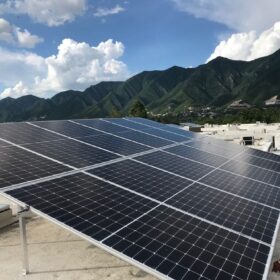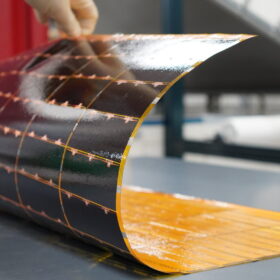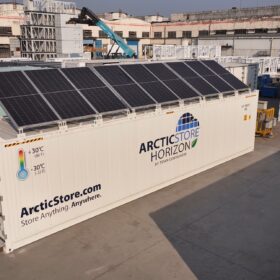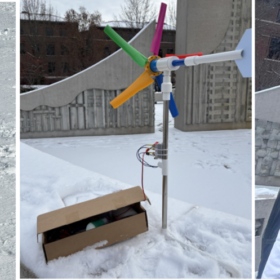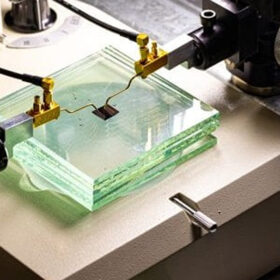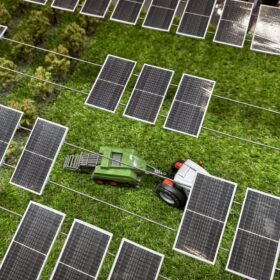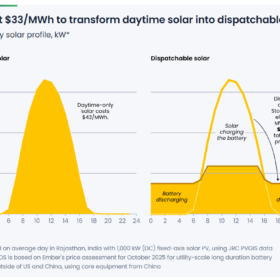U.S. space solar startup proves wireless power system works in motion
Overview Energy has proven its solar power beaming satellite system works in motion, which it claims is a world first for high-power wireless energy transmission. The company is targeting megawatt transmission from space in 2030.
The role of robotics in boosting U.S. solar recycling capacity
Solar recycler OnePlanet will draw on vision-guided robots and automation to scale their River City facility and recover more, purer valuable materials from spent panels.
U.S. solar manufacturers ink spacecraft deals
An Arizona manufacturer struck an research agreement with NASA, while a company in Colorado will supply thin-film solar to an unnamed private spacecraft company.
MIT spin-out 247Solar aims to decarbonize baseload power and industrial heat
The company opened a $25 million Series B funding round to support its concentrated solar power solution that stores and dispatches heat and electricity.
Cold storage units incorporate solar to help achieve a 55% reduction in power usage
TITAN Containers’ ArcticStore Horizon have a solar-grid power management system and cleaner refrigerants.
Perovskite tandem solar panels selected for utility-scale installation pilot
Solar developer Plenitude will validate Swift Solar’s 28% efficiency perovskite-silicon tandem technology in a utility-scale project.
Sodium-ion battery storage for ultra-low temperatures
U.S. researchers have developed a sodium-ion pouch cell that operates reliably at temperatures as low as –100 C. The battery was tested with simulated and real renewable energy sources, including wind and solar, and maintained stable performance in both laboratory and field conditions.
‘It’s not a matter of sodium versus lithium, we need both’
A US research team has developed all-solid-state sodium batteries that retain performance down to subzero temperatures. The systems utilize a special chloride-based solid-electrolyte-coated cathode.
Arkansas scientists build graphene-based solar cells than can charge supercapacitors
The solar cells combine multilayer graphene with silicon wafers, harvesting both solar and kinetic energy for continuous operation. Tests show the cells can autonomously power supercapacitors embedded in a temperature sensor.
New York awards $7 million for co-located solar and farming
Grant funds were administered by the New York State Energy Research and Development Authority (NYSERDA) to demonstrate the efficacy of agrivoltaics.

